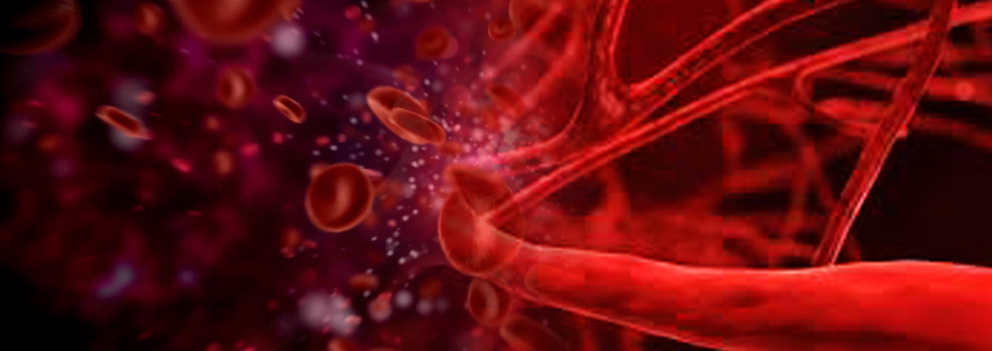Table of Contents
The authors note difficulties that remain, including enhancing the engraftment success and cell survival. Due to the fact that the ISCI and Miller School are leaders in this area, the authors likewise emphasize the requirement to systematize definitions and outcomes procedures in the area. "The Hare Lab stays at the center of pioneering new treatments in this important medical domain name.
Now we are discovering exactly how to harness such stem cells to assist people recover their own damaged hearts."The research is routed by the Cedars-Sinai Heart Institute, with the collaboration of the Johns Hopkins University, where Dr. Marbn functioned prior to joining Cedars-Sinai in 2007. The 24 people joining the research study have hearts that were damaged and scarred by cardiac arrest.

It takes about 4 weeks for the cells to increase to numbers enough for healing usage, around 10 to 25 million. In the 3rd and final action, the now-multiplied stem cells are reintroduced right into the person's coronary arteries throughout a second catheter treatment. All people in the research study needed to have experienced heart attacks within 4 weeks prior to enlisting in the research study job.
Later on this summer, it is expected that 12 more clients will certainly undertake procedures to obtain 25 million stem cells, while six additional individuals will be kept track of as controls. The very first person, Kenneth Milles, a 39-year-old controller for a tiny building company in the San Fernando Valley, experienced a cardiac arrest on May 10 due to a 99 percent obstruction in the left anterior descending artery, a major artery of the heart.
The process to grow the cardiac-derived stem cells associated with the research was developed by Marbn when he got on the faculty of Johns Hopkins University. The university has actually declared a patent on that intellectual residential property, and has actually licensed it to a firm in which Dr. Marbn has an economic passion.

All financing was derived from the National Institutes of Wellness, the Donald W. Reynolds Foundation and Cedars-Sinai Medical. Marbn holds The Mark Siegel Family Members Foundation Endowed Chair and Director of the Heart Institute.
How to access stem cell therapy focused on Peripheral Artery Disease
Cardiac arrest is an intense or persistent condition that impacts countless individuals worldwide. One of the most typically approved techniques of therapy usually consist of symptom administration and medication taken for life, so the burden triggered by the problem is hefty. Stem cell treatment for cardiac arrest has actually become a new way to deal with and manage the core of the condition.
Stem cell therapy can assist to alleviate signs and enhance the heart's pumping capacity. This therapy makes use of the ability of stem cells to self-regenerate and self-heal. Adhering to the admission of stem cell shots for heart disease, numerous systems enter into play: Stem cells for cardiac arrest advertise the development of specialized heart muscle mass cells and regenerate harmed cells, enhancing the heart's pumping ability.
These are types of grown-up stem cells that are gotten from bone marrow, fat tissue, and skin cells. These are the most typical and well-researched kinds of stem cells.
These are obtained from embryos and have the pluripotent capacity to transform into any type of sort of cells, consisting of cardiac ones. The major trouble with these cells is that, as they are taken from embryos, they have lots of moral and lawful constraints and are only utilized in particular situations. for the reasons stated over.
Regenerative support for Heart Disease with stem cell therapy
These cells stem in the heart and are well-suited to heart fixing. Clinical Advisor, Swiss Medica physician The application and treatment of stem cell treatment is composed of 5 steps: People begin with an online appointment with our clinical advisor and are then assessed by a cardiologist, that will get the needed clinical history, execute blood tests, and demand imaging research studies to identify whether stem cell treatment for heart failing is a viable option.
We carry out stem cells through pain-free stem cell shots for heart disease. A very educated physician will inject processed stem cells into the blood stream; the whole treatment takes much less than an hour. After finishing the heart disease stem cell treatment procedures, our people will certainly be kept an eye on for any complications and results.
Table of Contents
Latest Posts
Regenerative injections targeting Peripheral Artery Disease with minimal downtime
Next-gen support for Peripheral Artery Disease now available
Breakthroughs in stem cell therapy for Atherosclerosis and what patients are saying
Navigation
Latest Posts
Regenerative injections targeting Peripheral Artery Disease with minimal downtime
Next-gen support for Peripheral Artery Disease now available
Breakthroughs in stem cell therapy for Atherosclerosis and what patients are saying